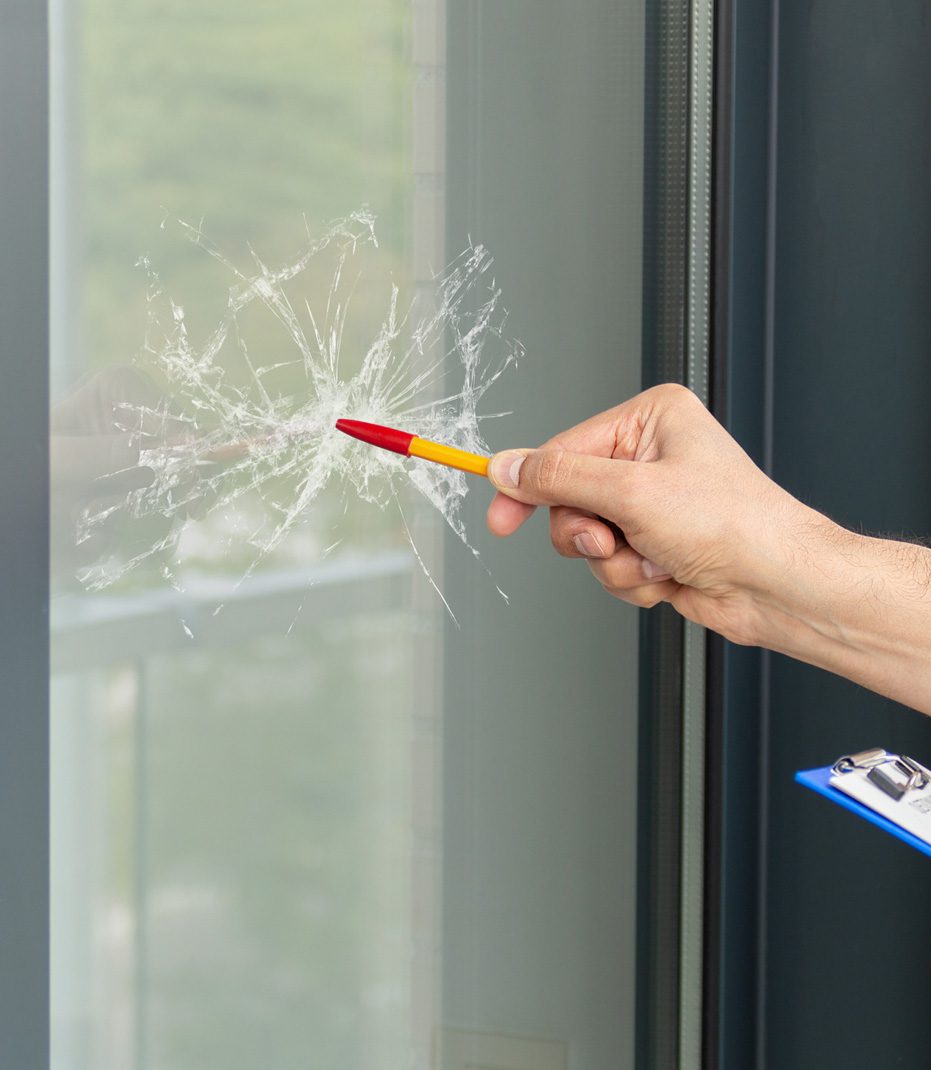
In California, premises liability is an aspect of tort law that addresses injuries sustained on someone else’s property due to the owner’s negligence. The term “negligence” holds immense importance in understanding premises liability cases. To establish a claim, the injured party usually needs to prove that the property owner acted negligently, resulting in the harm suffered.
Understanding Negligence
Negligence is the failure to use reasonable care to prevent harm to oneself or to others. In the context of premises liability, this typically pertains to a property owner or manager’s failure to keep the property safe or to warn visitors about potential hazards. Under California negligence laws, individuals have a duty to act as a “reasonably prudent person” would act under similar circumstances. If a property owner’s actions or lack thereof deviate from this standard, they may be deemed negligent.
Negligence by a Property Owner
Property owners owe a duty of care to individuals who enter their premises. This duty of care extends to ensuring that the property is in a safe condition and that any potential hazards are addressed promptly. A few typical examples include:
- Wet floors without warning signs
- Poorly lit staircases
- Structural defects
- Broken handrails
It’s essential to note that the degree of care owed can vary based on the status of the visitor, such as whether they’re an invitee, licensee, or trespasser.
Four Elements of General Negligence
Below are the four critical elements required to prove negligence in California.
- Duty: The plaintiff must first establish that the defendant owed them a duty of care. In premises liability cases, this often refers to the property owner’s responsibility to maintain a safe environment.
- Breach: Once a duty of care is established, the plaintiff must demonstrate that the defendant breached this duty. This can be shown by evidence that the owner was aware of a hazardous condition but failed to address it or adequately warn visitors.
- Causation: The plaintiff must then prove that the defendant’s breach of duty directly resulted in their injury. This means showing a direct link between the owner’s negligence and the harm suffered.
- Damages: Finally, the plaintiff must demonstrate that they suffered actual damages due to the defendant’s negligence. This can include medical expenses, lost wages, and pain and suffering.


Pure Comparative Negligence
California follows the rule of “pure comparative negligence.” This means that if a plaintiff is found partially at fault for their injuries, their awarded damages will be reduced by their percentage of fault. For example, if someone is awarded $100,000 but is found to be 25% at fault, they would receive $75,000.
Negligence in Premises Liability
Negligence in California premises liability law is a multi-faceted concept. For an injured party to secure compensation, they must demonstrate that the property owner’s negligence directly resulted in their harm. However, it’s crucial to understand that even if a plaintiff is partially responsible for their injury, they can still recover damages due to California’s pure comparative negligence rule. As such, property owners should be vigilant in maintaining a safe environment, and those injured due to negligence should be aware of their rights and the intricacies involved in proving a premises liability claim.
